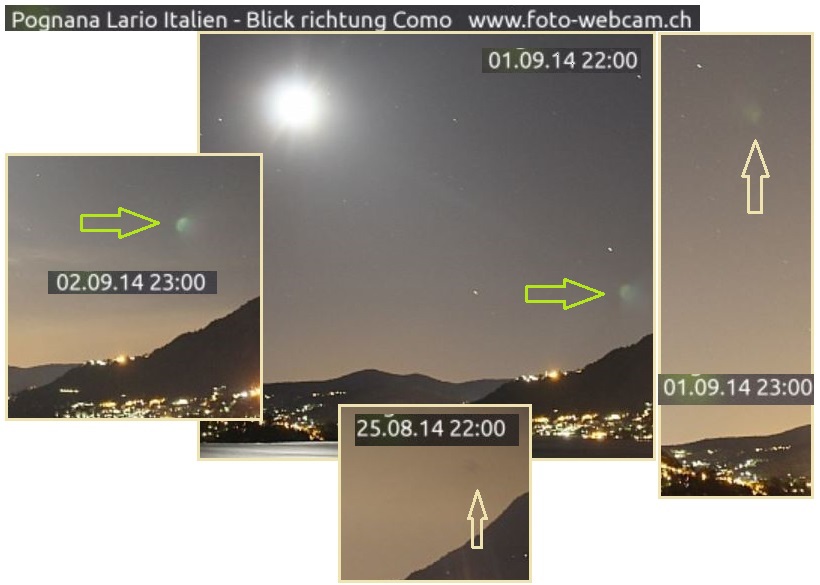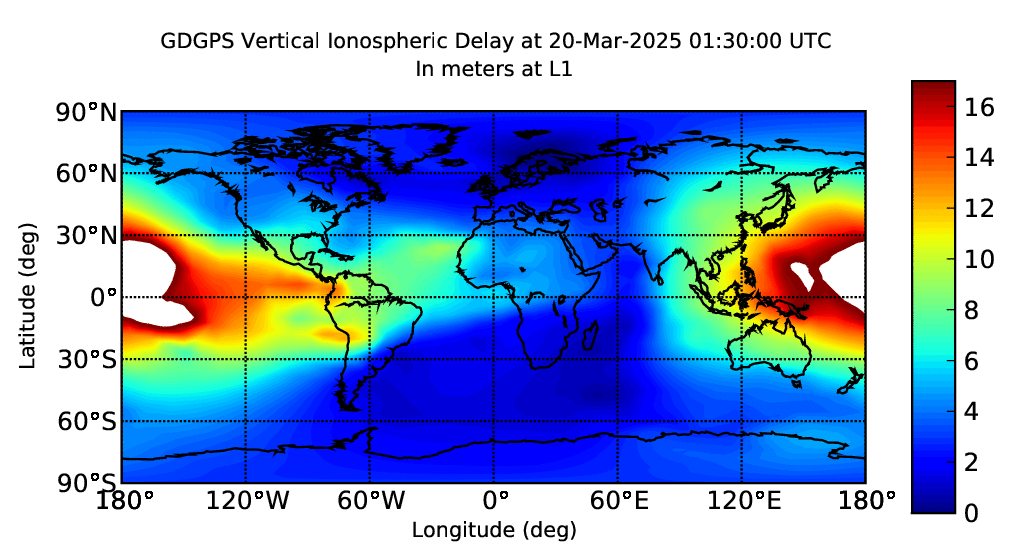Tropical Storm Fung-Wong Recap: 3 Feet of Rain Reported
Linda Lam and Nick Wiltgen Published: Sep 24, 2014, 5:50 AM EDT weather.com
Flooding Rain from Tropical Storm
Tropical Storm Fung-wong, known as Mario in the Philippines, lashed Taiwan with extremely heavy rain and blustery winds as it tracked from east of the Philippines to off the Chinese coast near Shanghai.
Fung-wong formed September 18, 2014 just east of the Philippines and moved across northern parts of that country, where the storm was called "Mario."
Extremely heavy rainfall was reported on the main northern island of Luzon. Baguio recorded 470.5 mm (18.52 inches) of rain in the 48 hours ending 8 a.m. on September 20. Farther south, the Science Garden in Quezon City reported 443.2 mm (17.45 inches) of rain in that same 48-hour period.
Flooding was reported in Manila where at least 37,000 people have been displaced according the the Associated Press.
The National Disaster Risk Reduction and Management Council in the Philippines has reported 11 deaths as well. Fung-wong was the second of a series of storms to impact the area; earlier in the week, parts of the Philippines were impacted by Typhoon Kalmaegi.
(MORE: Kalmaegi Impacts the Philippines | Kalmaegi Recap)
According to track data from the Japan Meteorological Agency as well as the U.S. military's Joint Typhoon Warning Center, the center of Tropical Storm Fung-wong crossed the southern tip of Taiwan the morning of September 21 and then moved north-northeast just off the island's east coast.
Taiwan's Central Weather Bureau says 991.0 millimeters (39.01 inches) of rain fell Saturday through Sunday at the Xidawushan observation site in rural Taiwu Township in Pingtung County, the southernmost county on Taiwan's mainland. Of that total, 821.0 millimeters (32.34 inches) fell Sunday alone.
At least eight other locations in Pingtung County and adjacent Taitung County, on the east coast of Taiwan, have reported over 500 millimeters (20 inches) of rain.
Rain moved into the capital city of Taipei in northern Taiwan Sunday night but was not as heavy as farther south; as of 5:30 a.m. local time Monday, the capital had recorded 143.0 millimeters (5.63 inches) of rain.
Heavy rains of this magnitude are not at all unusual in Taipei, which averages 14 inches of rain in the month of September but has seen September rainfall totals vary wildly in recent years, from barely 2 inches in September 2011 to nearly 38 inches in September 2008, when Taiwan was slammed by Typhoon Sinlaku and Typhoon Jangmi just two weeks apart.
Gusty winds also lashed Taiwan. The offshore island of Lanyu reported a sustained wind of 77 mph with a peak gust of 127 mph early Sunday afternoon, September 21, according to CWB data.
On September 22, Fung-wong began its approach towards China. As of early September 23, the center of Fung-wong was just northeast of Shanghai off the Chinese coast. Sustained easterly winds in Shanghai reached 36 mph that morning at Pudong International Airport, which is right on the coast. Gusts reached 47 mph.
Stronger winds and heavier rain were reported south of Shanghai. A gust of 75 mph was reported at the Shipu synoptic observation site along the coast. Dinghai, near Shanghai, reported nearly 7 inches of rain in 24 hours.
ne days after Hurricane Odile slammed Mexico's Baja peninsula, the tourists may be gone, but the aftermath of the devastating storm remains.
Only 19 percent of customers in Los Cabos, one of the areas Odile hit hardest, have seen their power restored. Nearly 27,000 people – mostly tourists – were airlifted out of the area on more than 200 special flights over the past week, but the heavily damaged Los Cabos International Airport will be closed until Oct. 8, the Tourism Department said.
Even as ports reopened Sunday and power was restored to the majority of other towns affected by Odile, like La Paz and other parts of norther Baja California Sur state, residents along the peninsula's southern coast are still severely lacking in basic necessities.
http://www.weather.com/news/weather-hurricanes/hurricane-odile-problems-20140923
The center of Polo came within 90 miles of the southern tip of Baja California around 8 p.m. PDT on Sept. 20, according to bulletins from the National Hurricane Center.
Strong easterly winds aloft sheared convection away from the surface circulation of Polo, leading to Polo's demise as it curled to the west away from Mexico.
Polo, the sixteenth named storm of a busy eastern Pacific hurricane season, formed on Tuesday, Sept. 16, several hundred miles south-southeast of Acapulco, Mexico. It became the season's eleventh hurricane on Wednesday, Sept. 17.
Polo strengthened from a tropical storm to a hurricane after moving into favorable atmospheric conditions. Afterward, it encountered a bit of wind shear, and Air Force Hurricane Hunters had an opportunity to fly into the storm and take more direct measurements. As a result, NOAA's National Hurricane Center lowered its status to a high-end tropical storm at 2 p.m. September 18, giving it maximum sustained winds of 70 mph.
According to Weather Underground's director of meteorology, Dr. Jeff Masters, the 2014 season (16 named storms, 11 hurricanes, 7 major hurricanes) has now surpassed an entire average eastern Pacific hurricane season (15, 8, and 3).
CONGRATULATIONS TO INDIA: Mars is a notoriously risky planet to visit. Of 51 spacecraft sent to the Red Planet by the USA, Europe and Russia, only 21 have successfully entered orbit and/or landed. India joined that exclusive club today--and the newly spacefaring nation did it on the first try. At 7:30 AM India time on Sept. 24th, the Mars Orbiter Mission--a.k.a. "MOM"--entered orbit around Mars. Instruments onboard MOM will study the make-up of the Martian atmosphere and measure the abundance of methane, a possible marker of biological activity. Congratulations to India!
https://www.youtube.com/watch?v=z3Zc5dQ5ye4#
Linda Lam and Nick Wiltgen Published: Sep 24, 2014, 5:50 AM EDT weather.com
Flooding Rain from Tropical Storm
Tropical Storm Fung-wong, known as Mario in the Philippines, lashed Taiwan with extremely heavy rain and blustery winds as it tracked from east of the Philippines to off the Chinese coast near Shanghai.
Fung-wong formed September 18, 2014 just east of the Philippines and moved across northern parts of that country, where the storm was called "Mario."
Extremely heavy rainfall was reported on the main northern island of Luzon. Baguio recorded 470.5 mm (18.52 inches) of rain in the 48 hours ending 8 a.m. on September 20. Farther south, the Science Garden in Quezon City reported 443.2 mm (17.45 inches) of rain in that same 48-hour period.
Flooding was reported in Manila where at least 37,000 people have been displaced according the the Associated Press.
The National Disaster Risk Reduction and Management Council in the Philippines has reported 11 deaths as well. Fung-wong was the second of a series of storms to impact the area; earlier in the week, parts of the Philippines were impacted by Typhoon Kalmaegi.
(MORE: Kalmaegi Impacts the Philippines | Kalmaegi Recap)
According to track data from the Japan Meteorological Agency as well as the U.S. military's Joint Typhoon Warning Center, the center of Tropical Storm Fung-wong crossed the southern tip of Taiwan the morning of September 21 and then moved north-northeast just off the island's east coast.
Taiwan's Central Weather Bureau says 991.0 millimeters (39.01 inches) of rain fell Saturday through Sunday at the Xidawushan observation site in rural Taiwu Township in Pingtung County, the southernmost county on Taiwan's mainland. Of that total, 821.0 millimeters (32.34 inches) fell Sunday alone.
At least eight other locations in Pingtung County and adjacent Taitung County, on the east coast of Taiwan, have reported over 500 millimeters (20 inches) of rain.
Rain moved into the capital city of Taipei in northern Taiwan Sunday night but was not as heavy as farther south; as of 5:30 a.m. local time Monday, the capital had recorded 143.0 millimeters (5.63 inches) of rain.
Heavy rains of this magnitude are not at all unusual in Taipei, which averages 14 inches of rain in the month of September but has seen September rainfall totals vary wildly in recent years, from barely 2 inches in September 2011 to nearly 38 inches in September 2008, when Taiwan was slammed by Typhoon Sinlaku and Typhoon Jangmi just two weeks apart.
Gusty winds also lashed Taiwan. The offshore island of Lanyu reported a sustained wind of 77 mph with a peak gust of 127 mph early Sunday afternoon, September 21, according to CWB data.
On September 22, Fung-wong began its approach towards China. As of early September 23, the center of Fung-wong was just northeast of Shanghai off the Chinese coast. Sustained easterly winds in Shanghai reached 36 mph that morning at Pudong International Airport, which is right on the coast. Gusts reached 47 mph.
Stronger winds and heavier rain were reported south of Shanghai. A gust of 75 mph was reported at the Shipu synoptic observation site along the coast. Dinghai, near Shanghai, reported nearly 7 inches of rain in 24 hours.
ne days after Hurricane Odile slammed Mexico's Baja peninsula, the tourists may be gone, but the aftermath of the devastating storm remains.
Only 19 percent of customers in Los Cabos, one of the areas Odile hit hardest, have seen their power restored. Nearly 27,000 people – mostly tourists – were airlifted out of the area on more than 200 special flights over the past week, but the heavily damaged Los Cabos International Airport will be closed until Oct. 8, the Tourism Department said.
Even as ports reopened Sunday and power was restored to the majority of other towns affected by Odile, like La Paz and other parts of norther Baja California Sur state, residents along the peninsula's southern coast are still severely lacking in basic necessities.
http://www.weather.com/news/weather-hurricanes/hurricane-odile-problems-20140923
The center of Polo came within 90 miles of the southern tip of Baja California around 8 p.m. PDT on Sept. 20, according to bulletins from the National Hurricane Center.
Strong easterly winds aloft sheared convection away from the surface circulation of Polo, leading to Polo's demise as it curled to the west away from Mexico.
Polo, the sixteenth named storm of a busy eastern Pacific hurricane season, formed on Tuesday, Sept. 16, several hundred miles south-southeast of Acapulco, Mexico. It became the season's eleventh hurricane on Wednesday, Sept. 17.
Polo strengthened from a tropical storm to a hurricane after moving into favorable atmospheric conditions. Afterward, it encountered a bit of wind shear, and Air Force Hurricane Hunters had an opportunity to fly into the storm and take more direct measurements. As a result, NOAA's National Hurricane Center lowered its status to a high-end tropical storm at 2 p.m. September 18, giving it maximum sustained winds of 70 mph.
According to Weather Underground's director of meteorology, Dr. Jeff Masters, the 2014 season (16 named storms, 11 hurricanes, 7 major hurricanes) has now surpassed an entire average eastern Pacific hurricane season (15, 8, and 3).
CONGRATULATIONS TO INDIA: Mars is a notoriously risky planet to visit. Of 51 spacecraft sent to the Red Planet by the USA, Europe and Russia, only 21 have successfully entered orbit and/or landed. India joined that exclusive club today--and the newly spacefaring nation did it on the first try. At 7:30 AM India time on Sept. 24th, the Mars Orbiter Mission--a.k.a. "MOM"--entered orbit around Mars. Instruments onboard MOM will study the make-up of the Martian atmosphere and measure the abundance of methane, a possible marker of biological activity. Congratulations to India!
https://www.youtube.com/watch?v=z3Zc5dQ5ye4#










